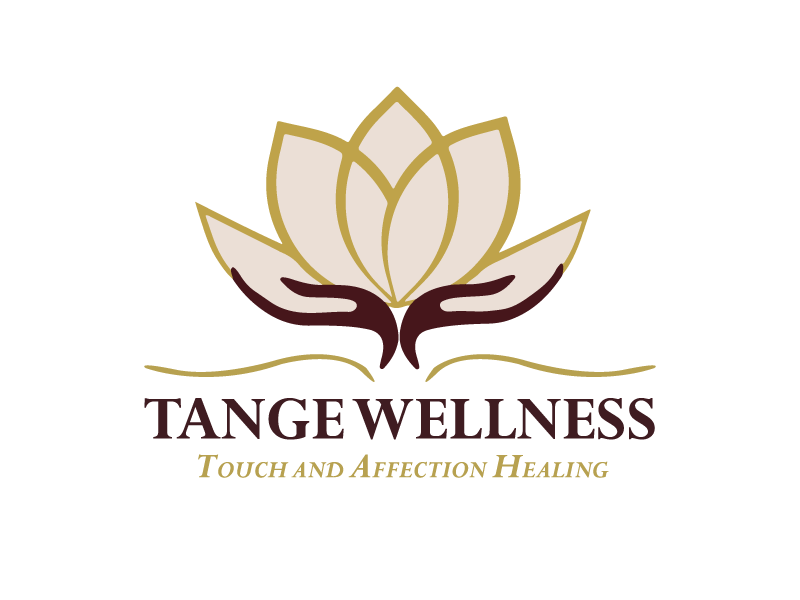Strengthening Affection Through Non-Sexual Affection
Touch is one of our primary attachment needs. It is the first sensation we experience in gestation and the moment we enter the world, we need to be held, soothed, and nurtured through physical connection. That need does not disappear as we grow up. In fact it stays with us for life.
And yet, for many couples, touch can become complicated. Distant. Disconnection. Unspoken expectations. Pressure. When left unaddressed, touch, something that should feel safe and soothing can turn into a source of anxiety or resentment.
When Touch Feels Difficult
Have you ever noticed a cycle in your relationship where one person seeks touch and the other withdraws? Or maybe one partner reaches out for a hug and the other stiffens. Maybe a brush of the hand turns into pressure as not everyone is ready to give and receive.
When touch becomes tangled with fear, expectations, or resentment, it stops feeling like a gift. It starts feeling like a demand.
Let’s Get Curious
Instead of pushing through or withdrawing entirely, take a moment to get curious.
What happens in your body when you seek or receive touch?
What stories come alive for you when touch is offered or when it's withheld?
Can you notice any patterns without judgment?
Sometimes, the longing for touch gets confused with sexual expectation.
Sometimes, the vulnerability of being touched without “earning it” feels overwhelming.
Sometimes, relational safety needs to be rebuilt before touch can feel good again.
Non-Sexual Touch Is Good
One of the most healing things couples can do is intentionally practice non-sexual touch. This means offering affection that isn’t a prelude or promise of sex, but instead a simple way to say:
"I see you. I care about you. I’m here."
Examples of non-sexual touch include:
Holding hands while watching a show
Sitting close together without an agenda (cuddle position I call companioning)
Brushing hair away from a partner’s face
Resting your hand on their knee or shoulder
Giving a foot rub after a long day
Affection without expectation builds safety.
It reminds both partners that they are loved not for what they can give, but for who they are.
Simple Exercises to Rebuild Connection
Here are a few ideas to slowly increase affectionate, non-sexual touch in your relationship:
Hand-Holding Practice: Sit facing each other and simply hold hands for five minutes without talking. Notice any sensations or emotions that come up.
Back-to-Back Breathing: Sit back-to-back and feel each other's breath rise and fall. Let your bodies sync naturally.
The 20-Second Hug: Give each other a full-bodied hug and count slowly to twenty. Long enough for oxytocin, the bonding hormone, to start flowing.
Foot, Hand or Ear Massage: Offer a gentle touch with no goal other than relaxation.
Touch Is an Invitation, Not a Requirement
When we slow down and remove the pressure, touch becomes what it was always meant to be, a way to say, "You’re safe with me." It’s not about fixing anything. It’s about being present together. Touch can heal when it’s given freely, received openly, and held lightly.
If you and your partner have struggled with touch, know that you’re not alone.
With patience, curiosity, and small steps, you can rebuild a sense of safety and rediscover the simple joy of reaching for each other.
Want to Strengthen Connection Through Touch?
If you and your partner would like support learning how to reintroduce safe, nurturing, non-sexual touch into your relationship, I offer in-person coaching sessions designed to help couples reconnect through consent-based physical affection.
Whether you're navigating long-standing tension, a disconnect around intimacy, or simply want to deepen your bond, I’ll help you explore what kind of touch feels good, what gets in the way, and how to co-create a safe space for connection.
Reach out to schedule a free consultation.
Let’s explore how to make touch feel good again for both of you.




